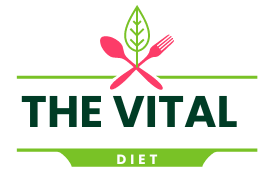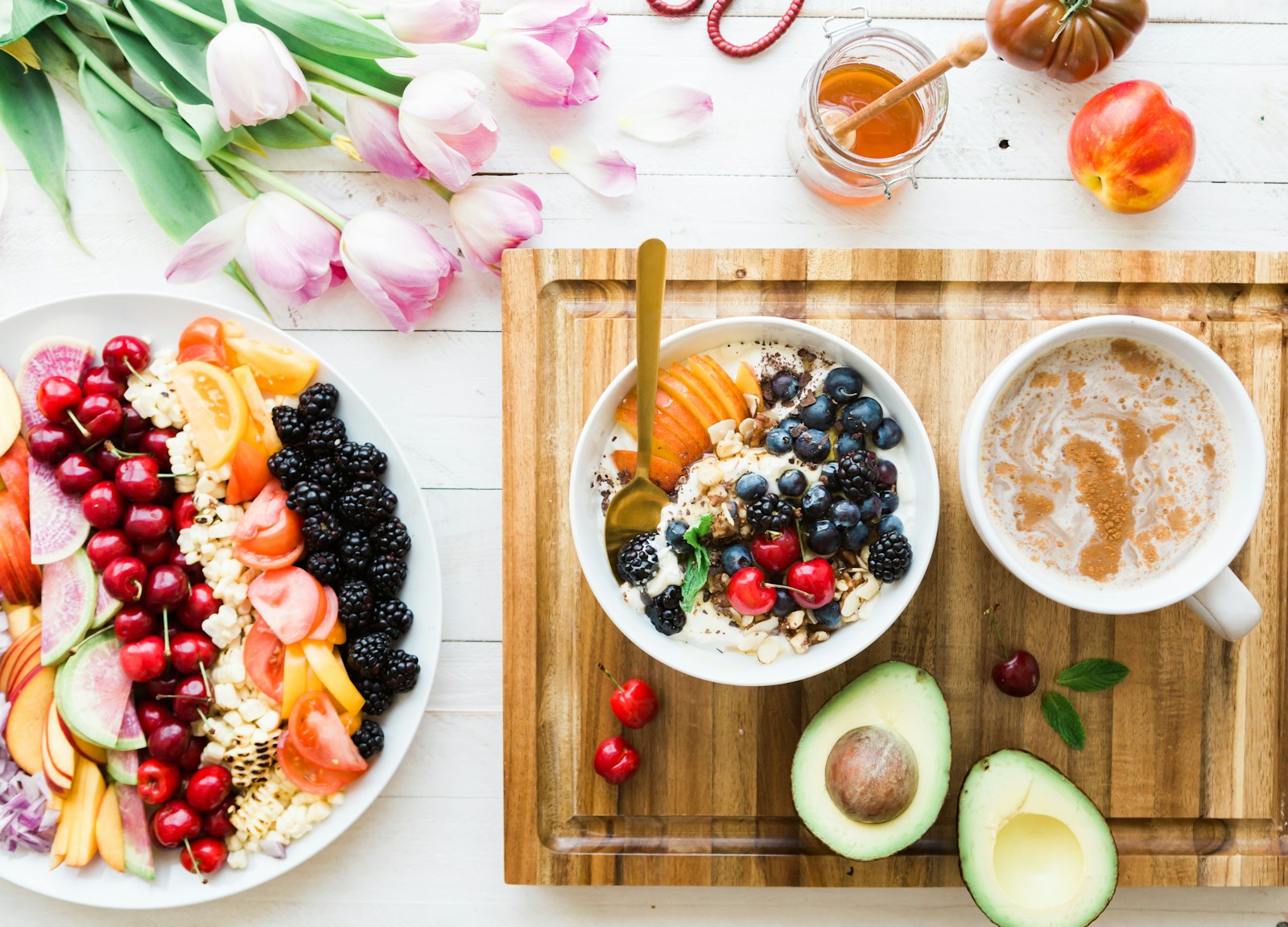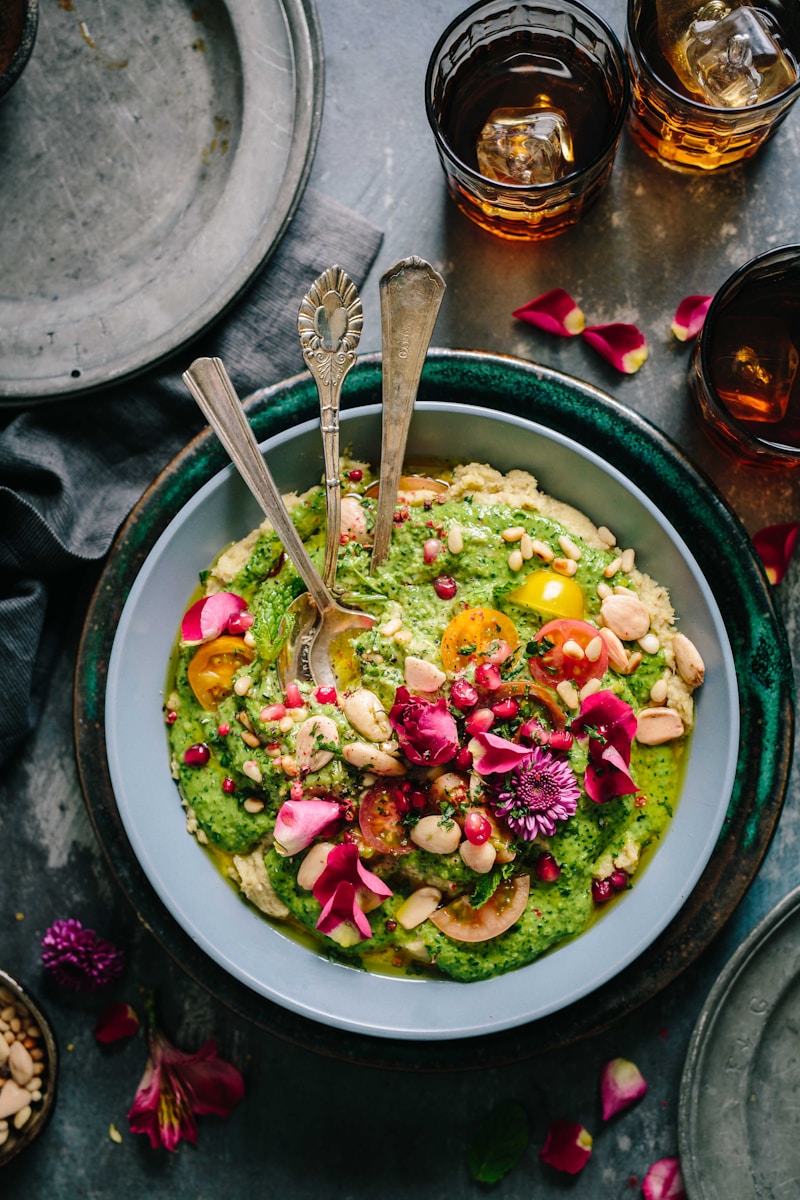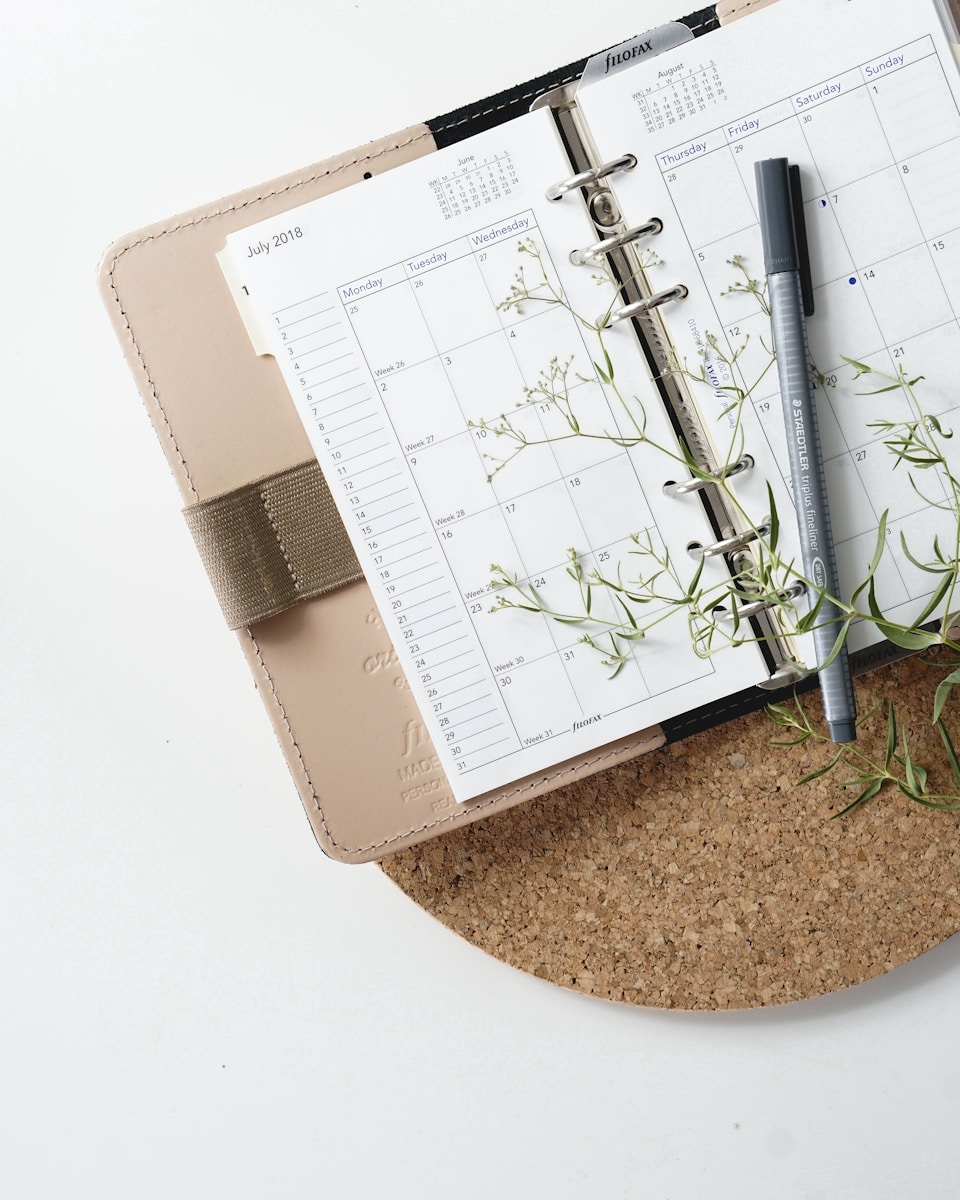

Table of Contents
- The Advantages of a Simple and Healthy Meal Plan
- Crucial Ingredients for the Meal Plan
- Day-by-Day Meal Plan
- Highlights of the Recipes and Nutritional Benefits
- Tips for Successful Meal Planning
- Adapting the Meal Plan to Vegan
- Adapting the Meal Plan to Gluten-Free
- Embracing Mindful Eating
- Conclusion
The Advantages of a Simple and Healthy Meal Plan
Life gets busy, and meal planning can often be neglected. To help you out, we’ve devised a meal plan that offers various benefits such as:
- Facilitates online grocery shopping with an organized list, making it a quick and easy task.
- Decreases cooking time by preparing ingredients once and using them three or four times in different meals and snacks.
- Saves money and minimizes waste by requiring you to purchase only what you need and by utilizing all the leftovers.
- Prevents last-minute food decisions, reducing the likelihood of resorting to takeout or fast food.
- Promotes consumption of more home-cooked meals made with whole foods and reduces the need for ultra-processed foods.
Crucial Ingredients for the Meal Plan
This shopping list includes a variety of nutritious protein options, whole grains, vegetables, and fruits. Make sure to include vegetables and fruits that are in season.
Protein
- Chicken breast
- Frozen shrimp
- Salmon fillets
- Greek yogurt
- Eggs
- Mozzarella cheese
- Canned lentils or chickpeas
- Almonds
Grains
- Whole grain bread
- Rice
- Rolled oats
- Pasta or favorite noodles
Vegetables and fruit
- Zucchini
- Tomato
- Baby spinach
- Sweet peppers
- Corn on the cob
- Avocado
- Peaches
- Berries (strawberries, blueberries, etc.)
Note: We did not include amounts or portion sizes for each ingredient, as you may want to scale this for yourself or your family.
Pantry Staples Needed
The list of 20 ingredients is supplemented with these basic pantry staples, which will be used to create the recipes. Make sure you also have these on-hand:
- Salt and pepper
- Olive oil
- Vinegar
- Sugar or honey
- Herbs and spices
- Garlic
- Mayonnaise
- Lemons or limes
Day-by-Day Meal Plan
Here is a breakdown of how you can use these 20 staple ingredients to build nutritious and delicious meals and snacks for four days.
Day 1
Breakfast: Oats prepared with rolled oats and water, served with Greek yogurt and berries.
Lunch: Stuffed peppers made by combining brown rice with canned lentils or chickpeas, salt, pepper, and your favorite herbs. Stuff into a hollowed-out pepper, top with grated mozzarella, and bake.
Snack: Handful of almonds and a peach.
Dinner: Grilled chicken breast served with grilled corn, peppers, and zucchini.
Snack: Whole grain bread toast topped with a thin slice of mozzarella, tomato slices, and mashed avocado.
Plan ahead tip: Cook extra chicken breasts and brown rice to use in other recipes.
Day 2
Breakfast: Scrambled eggs with whole-grain toast and tomato slices.
Lunch: Chicken salad made by chopping leftover chicken breast from the night before and mixing it with mayo, salt, and pepper. Add to whole grain bread and top with spinach and tomato. Pair it with a peach.
Snack: Simple granola made by mixing rolled oats with chopped almonds and honey. Bake for 15 to 20 minutes. Pair a serving of granola with Greek yogurt and berries. Save the extra granola in an airtight container for later in the week.
Dinner: Grill salmon and serve with cooked pasta mixed with diced tomatoes and herbs.
Snack: Guacamole made by mashing avocado with diced tomato, salt, pepper, lime juice, and garlic. Serve with raw sliced zucchini and sweet peppers.
Plan ahead tip: Prepare extra granola, salmon, guacamole, and pasta to use in other recipes.
Day 3
Breakfast: Greek yogurt parfait with granola and berries.
Lunch: Flake leftover salmon onto a plate of spinach. Top with tomato, sweet peppers, almonds, olive oil, and vinegar. Serve with whole-grain toast.
Snack: Make a dip by mixing Greek yogurt with vinegar, plus salt, herbs, and spices, and dip zucchini in it.
Dinner: Use leftover brown rice and top it with cooked shrimp, diced avocado, diced sweet peppers, and a lime crema made with Greek yogurt and fresh lime juice.
Day 4
Breakfast: Top whole grain bread with mozzarella cheese slices and leftover guacamole.
Lunch: Top a plate of fresh spinach with sliced tomato, avocado, and sliced hard-boiled eggs. Top with olive oil, vinegar, salt, and pepper. Pair with whole-grain bread.
Snack: A handful of almonds and a cup of fresh berries
Dinner: Hollow out two medium zucchinis (sliced lengthwise) to make stuffed zucchini boats. Combine cooked rice, tomato, lentils or chickpeas, leftover diced shrimp, sweet peppers, minced garlic, salt, and pepper. Stuff the mixture into the prepared zucchini. Top with a sprinkle of mozzarella cheese and bake until the cheese is golden brown.
Snack: A sliced peach with Greek yogurt and a drizzle of honey
Highlights of the Recipes and Nutritional Benefits
This meal plan includes just 20 foods, but within that mix, you are able to create many vibrant, delicious, and nutritious recipes. Vegetables, fruit, and whole grains form the base of the meals, making this a plant-based, Mediterranean-style meal plan. That’s good news for overall health since plant-based, Mediterranean diets are linked to:
- A decreased risk of certain types of cancer
- Lower risk of cardiovascular disease
- Lower risk of Alzheimer’s disease and dementia
- Better management of type 2 diabetes
Tips for Successful Meal Planning
Preparing meals and snacks is easier if you plan ahead. For example, take a few hours on the first day to prepare your ingredients in advance. You can cook the pasta and rice, grill chicken breasts, bake the granola, and chop vegetables.
Adapting the Meal Plan to Vegan
To make this meal plan fully plant-based or vegan, you can make the following swaps:
- Use vegan mozzarella instead of mozzarella
- Omit chicken and salmon and use tofu instead
- Use canned beans instead of shrimp in the burrito bowls on day three
- Make a tofu scramble instead of scrambled eggs or hard-boiled eggs
Adapting the Meal Plan to Gluten-Free
To make this meal plan gluten-free:
- Use gluten-free bread
- Use gluten-free pasta such as chickpea pasta or rice-based pasta
- Ensure you buy certified gluten-free oats
Embracing Mindful Eating
When you sit down to eat, be mindful of enjoying every bite. Savor the flavors and experiences of eating. With the slower pace of life, you can hopefully find time to explore a farmer’s market as well.





